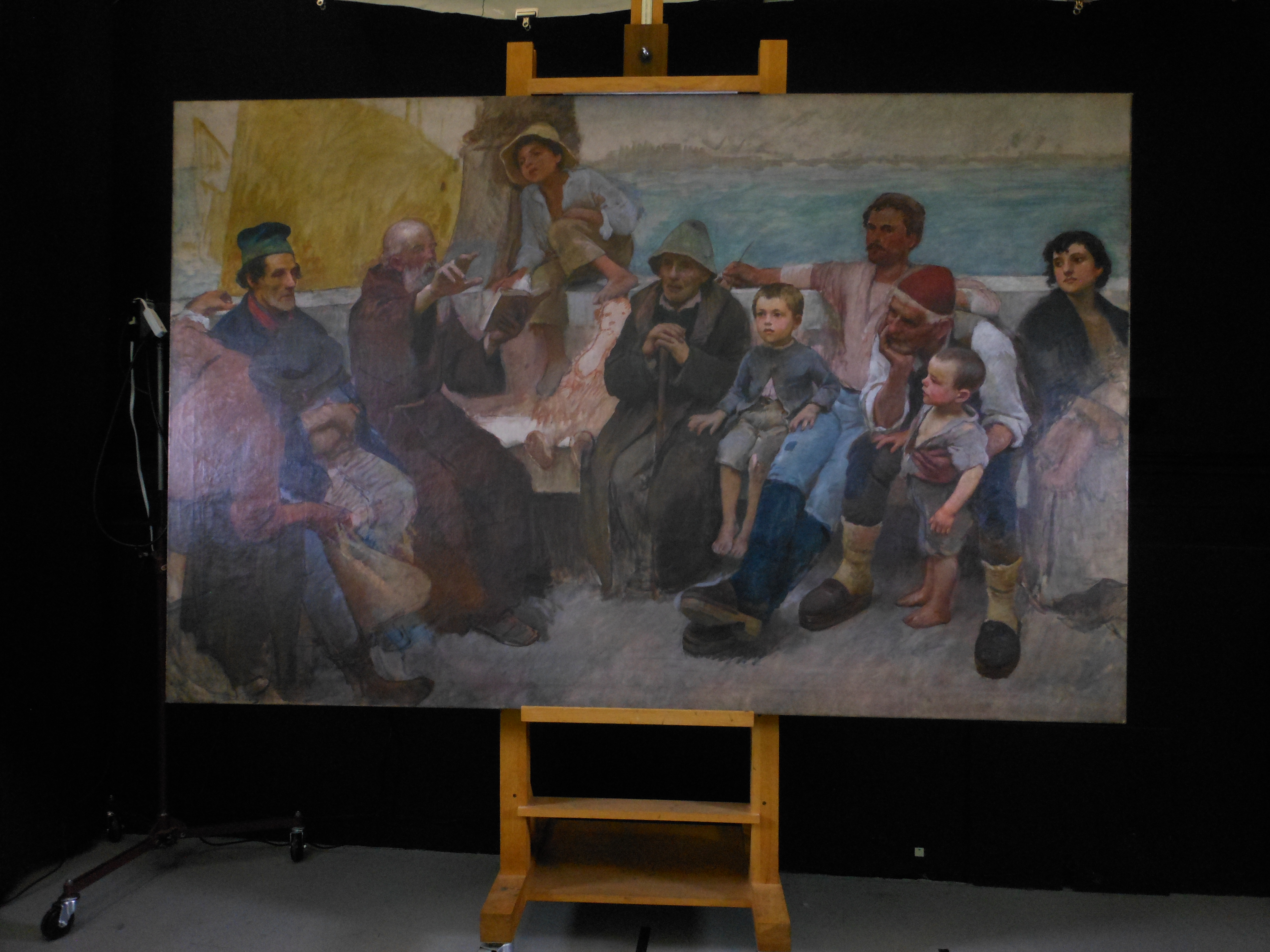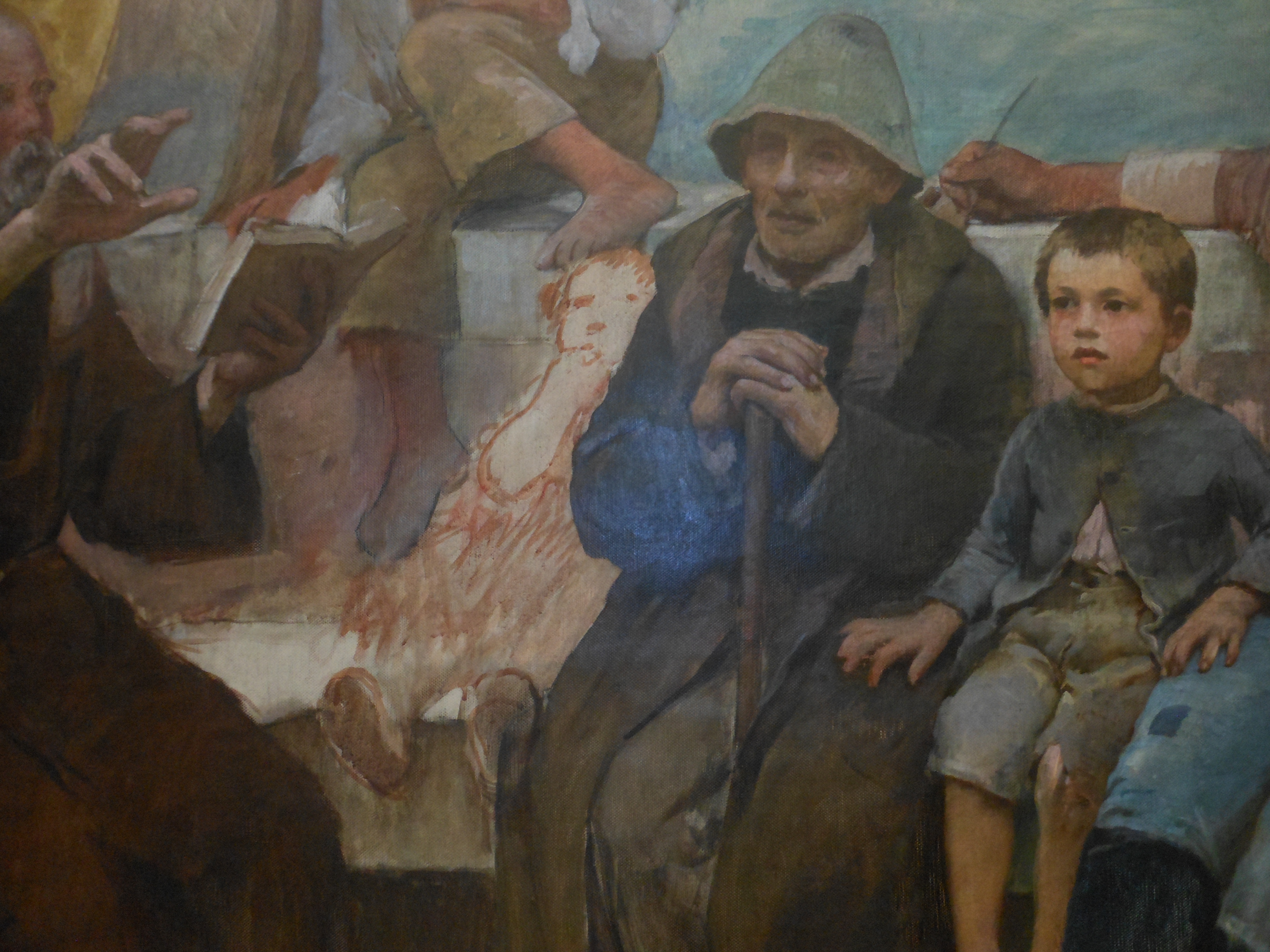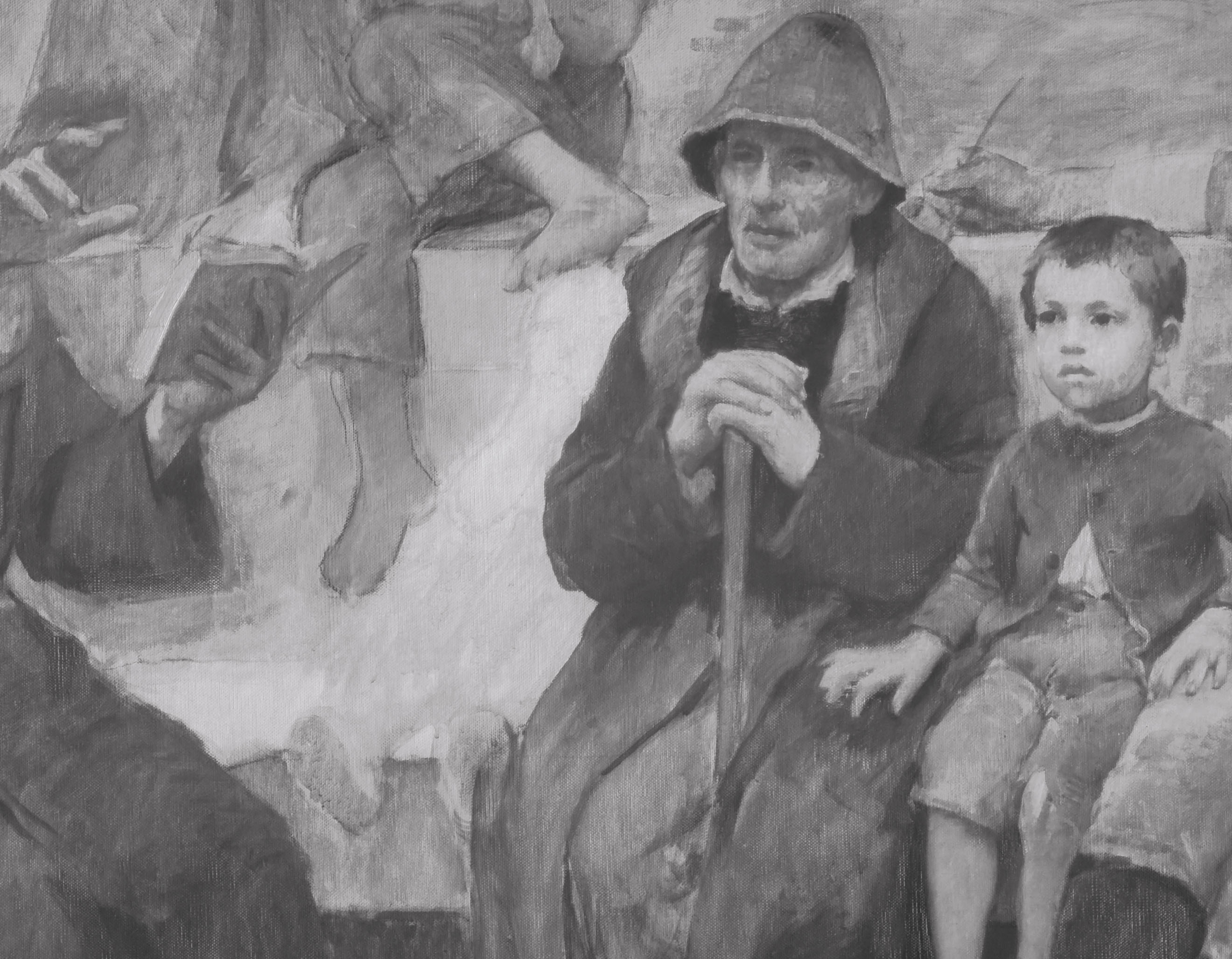- Events & Programs Home
- Calendar
- Accessibility
- Adults
-
Families & Teens
- Families & Teens Home
- 10x10 Teen Art Expo
- Art on the Rise
- Art Together: Art Making for Families with Children Ages 3–5
- Babies Sing with May Festival Minis
- Boy Scouts / Girl Scouts
- CAM Kids Day
- Family Storytime and Gallery Walk
- Family Studio: Art Making for Families with Children Ages 6–12
- Games in the Galleries
- Members-Only Baby Tours
- Public Baby Tours
- REC Reads
- Rosenthal Education Center (REC)
- Saturday Morning Art Class
- See Play Learn Kits
- Summer Camp
- Teen Fest: Zine and Comic Exchange
- RECreate
- Teachers
- Community Outreach
- Fundraisers
- Plan Your Own Event

- Events & Programs Home
- Calendar
- Accessibility
- Adults
-
Families & Teens
- Families & Teens Home
- 10x10 Teen Art Expo
- Art on the Rise
- Art Together: Art Making for Families with Children Ages 3–5
- Babies Sing with May Festival Minis
- Boy Scouts / Girl Scouts
- CAM Kids Day
- Family Storytime and Gallery Walk
- Family Studio: Art Making for Families with Children Ages 6–12
- Games in the Galleries
- Members-Only Baby Tours
- Public Baby Tours
- REC Reads
- Rosenthal Education Center (REC)
- Saturday Morning Art Class
- See Play Learn Kits
- Summer Camp
- Teen Fest: Zine and Comic Exchange
- RECreate
- Teachers
- Community Outreach
- Fundraisers
- Plan Your Own Event
Blog: CAM Uncovered
Blog: CAM Uncovered
- Home
- Plan Your Visit
- Art
-
Events & Programs
- Events & Programs Home
- Calendar
- Accessibility
- Adults
-
Families & Teens
- Families & Teens Home
- 10x10 Teen Art Expo
- Art on the Rise
- Art Together: Art Making for Families with Children Ages 3–5
- Babies Sing with May Festival Minis
- Boy Scouts / Girl Scouts
- CAM Kids Day
- Family Storytime and Gallery Walk
- Family Studio: Art Making for Families with Children Ages 6–12
- Games in the Galleries
- Members-Only Baby Tours
- Public Baby Tours
- REC Reads
- Rosenthal Education Center (REC)
- Saturday Morning Art Class
- See Play Learn Kits
- Summer Camp
- Teen Fest: Zine and Comic Exchange
- RECreate
- Teachers
- Community Outreach
- Fundraisers
- Plan Your Own Event
- Give & Join
- About
- Tickets
- Calendar
- Exhibitions
- Collections
- Blog
- Shop
Behind the Scenes in Conservation: A disappearing act!
by Conservation
5/23/2019
panting conservation , infrared , infrared imaging , duveneck , underdrawing , underpainting , infrared photography , behind the scenes
This large unfinished work by Frank Duveneck is in the paintings conservation lab to be examined. The most obvious indication that the composition is unfinished is the unpainted figure in the center of the group, a small child sketched in with red-brown brushstrokes.
One of the imaging methods our paintings conservator uses in an examination is capturing a digital image with a camera that filters out all light except rays in the infrared part of the spectrum. In paintings conservation it’s used to expose underdrawing, the preparatory lines an artist made on on the prepared canvas or panel prior to actual putting down paint. It’s a great technique to uncover the artist’s planning process, and maybe to show changes that the artist made during painting. But there are some limitations, as this painting thoroughly demonstrates. Because the unfinished figure of the child is sketched with paint that has a red tone, the infrared camera is unable to “see” it. The figure disappears almost completely in the infrared image.
In fact, if Duveneck used the same paint for underdrawing anywhere else in the scene, the infrared camera will not record it. Here the absence of evidence is not necessarily evidence of absence. It’s a fact that conservators and art historians need to keep in mind: If the infrared image shows no underdrawing, it does not mean there is no underdrawing present. Though rarely is that so clearly demonstrated as it is in this particular painting!

Frank Duveneck (1848-1919), United States, Reading to Chioggia Fishermen, circa 1884, oil on canvas, Gift of the artist, 1915.123

Frank Duveneck (1848-1919), United States, Reading to Chioggia Fishermen, circa 1884, oil on canvas, Gift of the artist, 1915.123

Frank Duveneck (1848-1919), United States, Reading to Chioggia Fishermen, circa 1884, oil on canvas, Gift of the artist, 1915.123
Cincinnati, OH 45202
Toll Free: 1 (877) 472-4226
Museum Hours
Museum Shop
Terrace Café
Library
Cincinnati Art Museum is supported by the tens of thousands of people who give generously to the annual ArtsWave Campaign, the region's primary source for arts funding.

Free general admission to the Cincinnati Art Museum is made possible by a gift from the Rosenthal Family Foundation. Exhibition pricing may vary. Parking at the Cincinnati Art Museum is free.
Generous support for our extended Thursday hours is provided by Art Bridges Foundation’s Access for All program.

General operating support provided by:



